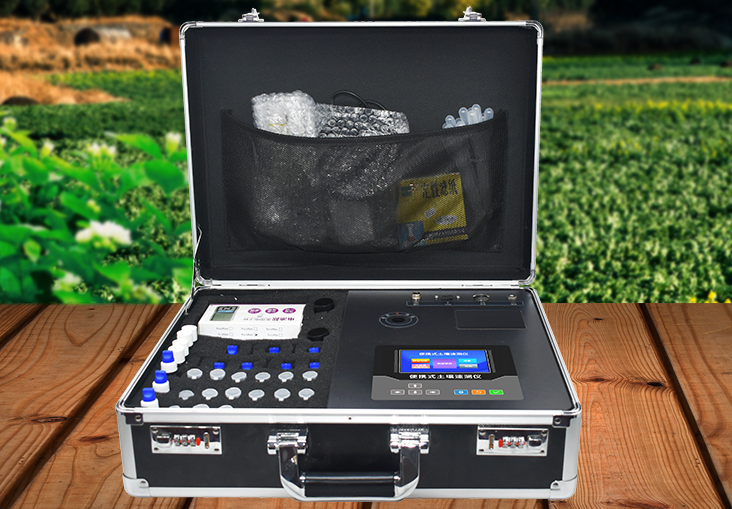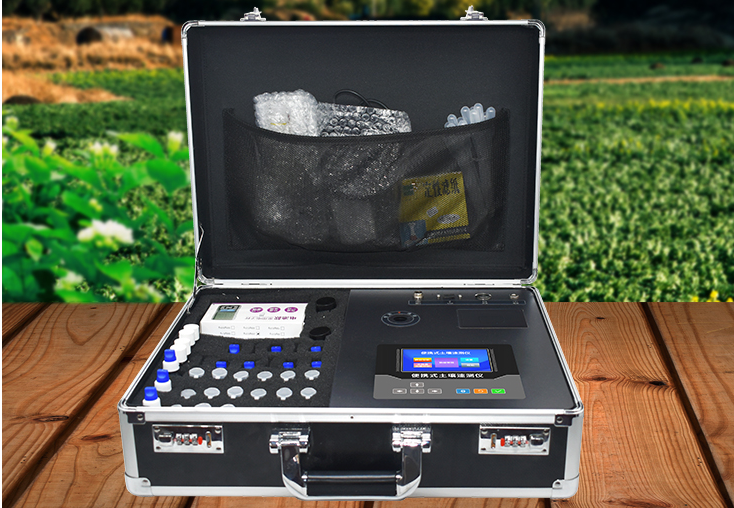Agriculture plays a vital role in feeding the world’s growing population. However, traditional farming practices often face challenges such as limited resources, climate change, and environmental degradation. To address these issues and ensure sustainable agricultural practices, farmers are increasingly turning to innovative technologies. One such technology is the use of soil sensors, which enable data-driven decision-making and revolutionize farming practices. This article explores the applications of soil sensors in sustainable farming and their potential to transform agriculture.

Understanding Soil Sensors:
Soil sensors are devices that measure various properties of the soil, providing real-time data on its moisture levels, temperature, nutrient content, pH levels, and more. These sensors can be embedded in the soil or placed at different depths, allowing for accurate and continuous monitoring. The data collected by these sensors helps farmers gain valuable insights into soil conditions, enabling them to optimize irrigation, fertilizer application, and overall crop management.
Optimizing Irrigation:
Water scarcity is a significant concern in agriculture, particularly in regions with limited water resources. Over-irrigation not only wastes water but also leads to leaching of nutrients and contributes to soil degradation. Soil sensors help overcome these challenges by providing accurate data on soil moisture levels. Farmers can use this information to determine the optimal amount and timing of irrigation, ensuring that crops receive adequate water while minimizing water waste.
By implementing precision irrigation techniques based on real-time soil sensor data, farmers can significantly reduce water consumption, conserve resources, and improve crop yields. Additionally, these sensors can also detect areas of the field that suffer from poor drainage, helping farmers take corrective measures and prevent waterlogging.
Balancing Nutrient Management:
Proper nutrient management is essential for healthy plant growth and high crop yields. However, excessive or insufficient application of fertilizers can be detrimental to both the environment and farm profitability. Soil sensors provide crucial insights into soil nutrient levels, allowing farmers to precisely tailor fertilizer application to meet the specific needs of their crops.
By continuously monitoring soil nutrient levels, farmers can adjust their fertilization practices in real-time. This not only reduces the risk of over-fertilization but also minimizes nutrient runoff into water bodies, mitigating environmental pollution. Ultimately, data-driven nutrient management helps improve soil health, reduce costs, and increase agricultural sustainability.
Monitoring Soil Health:
Soil health is a key factor in sustainable farming. Healthy soils support robust plant growth, enhance nutrient cycling, and contribute to overall ecosystem stability. Soil sensors play a pivotal role in monitoring soil health indicators such as organic matter content, pH levels, and microbial activity.
By collecting data on these parameters, soil sensors enable farmers to assess soil quality and make informed decisions to improve it. For example, if soil pH levels are too high or low for optimal crop growth, farmers can use soil sensor data to apply appropriate amendments to adjust the pH. Similarly, by monitoring organic matter content, farmers can implement soil conservation practices such as cover cropping and crop rotation to enhance soil fertility and structure.
Optimizing Crop Management:
In addition to irrigation, nutrient management, and soil health monitoring, soil sensors facilitate various other aspects of crop management. For instance, temperature sensors help farmers monitor soil temperature, enabling them to optimize planting schedules and select appropriate crop varieties. This allows for better adaptation to changing climatic conditions and enhances crop productivity.
Furthermore, soil sensors can assist in pest and disease management. Some sensors are capable of detecting changes in soil electrical conductivity, which may indicate the presence of pathogens or pests. Early detection enables farmers to take timely action, minimizing the use of pesticides and reducing crop losses.

Challenges and Future Directions:
While soil sensors offer immense potential for sustainable farming, certain challenges need to be addressed for widespread adoption. Cost is one such challenge, as investing in soil sensor technology can be prohibitive for small-scale farmers. However, advancements in technology and increased demand are gradually driving down costs, making soil sensors more accessible.
Another challenge is data management and analysis. Soil sensors generate vast amounts of data, which must be processed and interpreted accurately. Farmers need user-friendly platforms and tools to effectively analyze this data and translate it into actionable insights. Collaborative e
